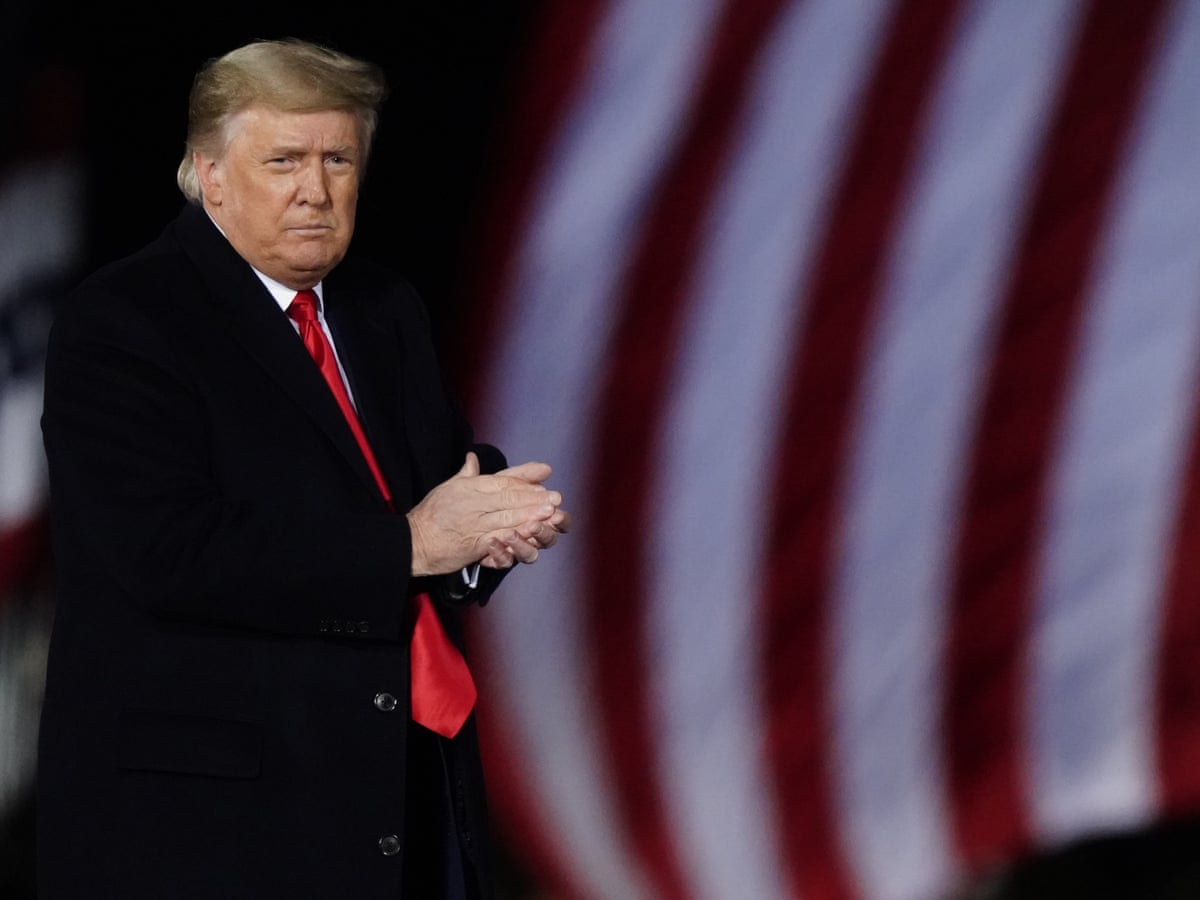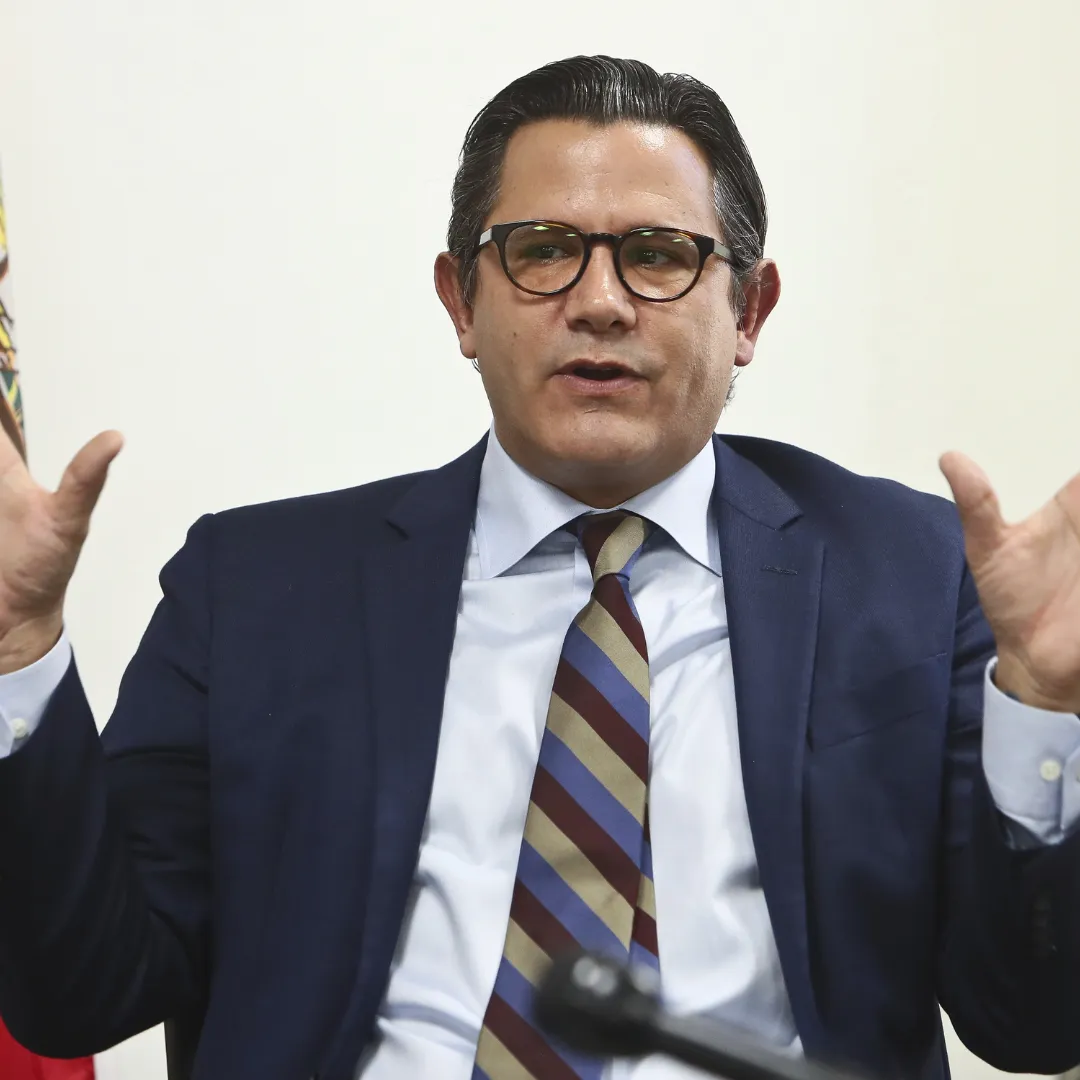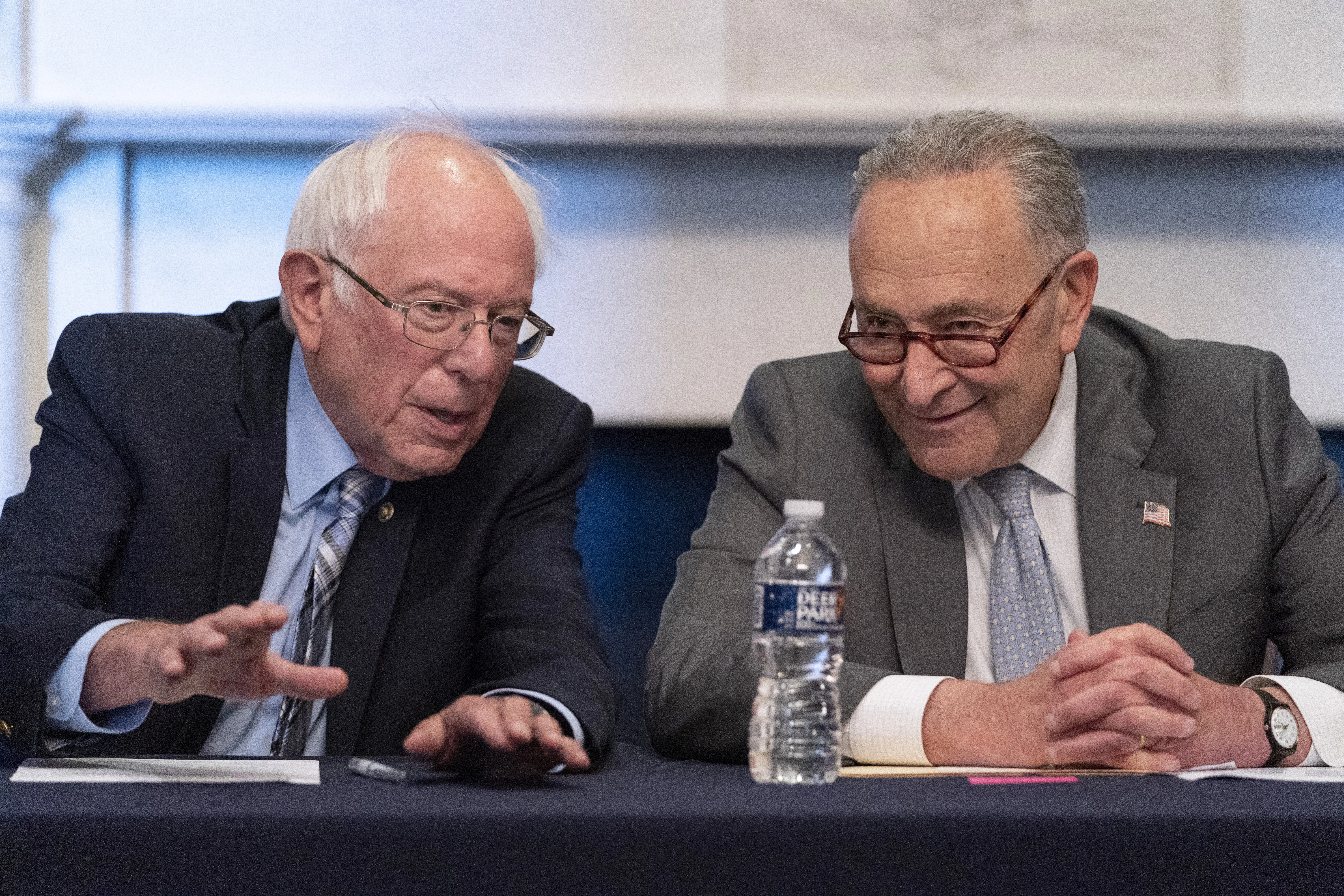
Since stepping back into the Oval Office as the 47th President of the United States, Donald Trump has made one thing abundantly clear: he cannot stop talking about Joe Biden. In speeches, social media posts, offhand remarks, and major policy announcements, Trump’s obsession with his predecessor has become one of the defining features of his return to power.
According to a detailed analysis by political researchers and major media outlets, Trump has now mentioned Biden over 580 times since his January 20 inauguration. That number breaks down to roughly six mentions per day, a figure that far surpasses references to almost any other political figure or concept, including the word “America.”
This persistent focus on Biden has led observers to describe the phenomenon with a term borrowed from Trump’s own political vocabulary. Critics have begun calling it “Biden Derangement Syndrome,” a twist on Trump’s frequent accusation that his opponents suffer from “Trump Derangement Syndrome.”
In this case, the syndrome describes Trump’s repeated attacks on Biden, his fixation on the former president’s perceived failures, and his tendency to work Biden’s name into nearly every public communication, regardless of the topic at hand.
Even more striking is the contrast between Trump’s obsession and Biden’s relatively muted response. During the first 100 days of Biden’s term, he mentioned Trump only 29 times.
The disparity has become a talking point among pundits who note that Trump, despite claiming victory and moving on, seems unable to detach himself from the man he replaced. It has not gone unnoticed by voters or political commentators, many of whom point to the steady stream of Biden-related insults, blame, and mocking anecdotes as evidence that Trump’s political compass remains pointed backward.
Just days ago, Trump used a major speech to once again target Biden, calling him the “worst president in history.” That speech was not a policy announcement, nor was it a reaction to breaking news. It was, like many of Trump’s addresses, a platform to air grievances and reinforce a narrative in which Biden is the singular force responsible for what Trump describes as the nation’s decline.

“Sleepy Joe Biden purposefully allowed Millions of CRIMINALS to enter our Country, totally unvetted and unchecked,” Trump declared in a social media post timed just ahead of Easter. He went on to describe the current president’s border policies as “the single most calamitous act ever perpetrated upon America.”
The post continued in a tone familiar to anyone who has followed Trump’s public statements over the last decade. He called Biden “by far, our WORST and most Incompetent President,” adding that Biden “had absolutely no idea what he was doing.”
Trump then added a conspiracy-tinged jab, suggesting that Biden might not even be the one truly in charge. “To him, and to the person that ran and manipulated the Auto Pen (perhaps our REAL President!), and to all of the people who CHEATED in the 2020 Presidential Election in order to get this highly destructive Moron Elected, I wish you, with great love, sincerity, and affection, a very Happy Easter!!!”
Even the Easter holiday was not spared. During the annual White House Easter Egg Roll, Trump revived a viral moment from Biden’s previous term, referencing the time a staffer dressed as the Easter Bunny led Biden away from a crowd. “Do you remember the bunny with Joe Biden?” Trump asked the crowd.
“Do you remember when the bunny took Joe Biden out? He’s not taking Trump out.” The line was delivered with a smirk, the audience laughed, and the man in the bunny suit nodded beside him.
A clip of the exchange was later shared on the White House’s official X account with the caption, “The White House is no longer a nursing home,” a jab that underscored the administration’s messaging strategy of drawing a sharp generational and cognitive line between the current and former president.
This was not an isolated weekend incident. Trump has made a pattern of using ceremonial and official events as opportunities to go after Biden. During a recent address to Congress, he name-dropped Biden thirteen times.
At his own inauguration, the newly sworn-in Trump mentioned Biden twelve times, a number that nearly matches how often the entire Biden administration referenced Trump during the first three months of his term. The pattern suggests an unusually persistent preoccupation, one that experts say is strategically designed to keep Biden’s failures, both real and exaggerated, in the spotlight.

The strategy serves multiple purposes. First, it gives Trump a constant adversary, allowing him to frame his presidency not merely as a continuation of his first term, but as a correction to what he paints as a catastrophic interim.
By invoking Biden’s name so frequently, Trump attempts to keep the political stakes clear for his base, reminding them what they are fighting against and why his leadership is, in his own words, irreplaceable.
Second, it provides a useful distraction from his own controversies. By redirecting attention to Biden’s alleged failures, Trump deflects from ongoing legal challenges and criticism of his past and current policies.
However, some political analysts suggest the tactic may carry risks. Overusing Biden as a rhetorical target may wear thin with voters who are more concerned with current challenges than with past rivalries.
The relentless negativity could alienate swing voters who are looking for leadership focused on solutions rather than score-settling. Others argue that the attacks only serve to elevate Biden’s profile, keeping him relevant and politically active even as Democrats explore other options for the 2028 ticket.
Yet Trump appears undeterred. His language has grown only more aggressive, his insults more personalized, and his storytelling more exaggerated. In every arena—Truth Social posts, televised speeches, rallies, and unscripted remarks—he returns to Biden.
The frequency of the mentions suggests a psychological fixation, or at the very least, a calculated rhetorical strategy designed to ensure that Biden remains his central foil.
The term “Biden Derangement Syndrome” may have started as a joke among liberal commentators, but it is now being discussed in serious terms by political strategists. The phrase captures the idea that Trump’s thoughts, messaging, and political strategy are all disproportionately centered around one man.
And while most former presidents have criticized their successors or addressed them in key political moments, none have exhibited the sheer volume or vitriol that Trump has displayed toward Biden.
The question now facing voters and political observers is whether this strategy will sustain Trump through another national election cycle. His base remains energized, and his messaging still resonates deeply with many Republican voters.

But general elections are won not just through base mobilization, but through persuasion, vision, and contrast. If Trump’s central narrative remains anchored to Biden rather than to forward-looking plans, it remains to be seen how broad his appeal can grow.
For now, however, one thing is certain. In Donald Trump’s version of America, Joe Biden is never far from the spotlight. Whether as scapegoat, punchline, or symbol of everything Trump claims to stand against, Biden continues to dominate the rhetorical landscape of Trump’s presidency.
And as the number of mentions continues to climb well beyond 580, the question of obsession may no longer be rhetorical. It may be the cornerstone of Trump’s political identity.



